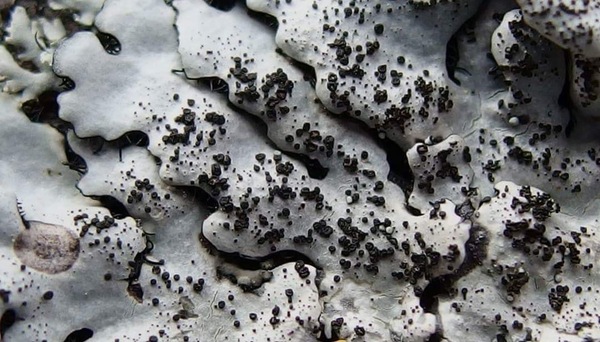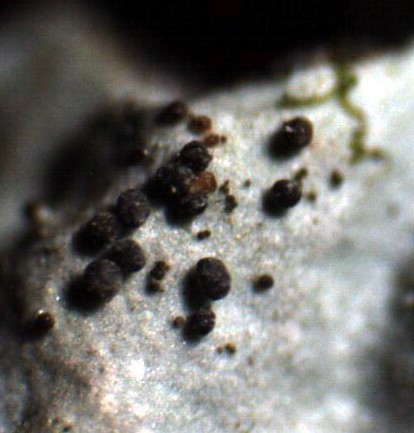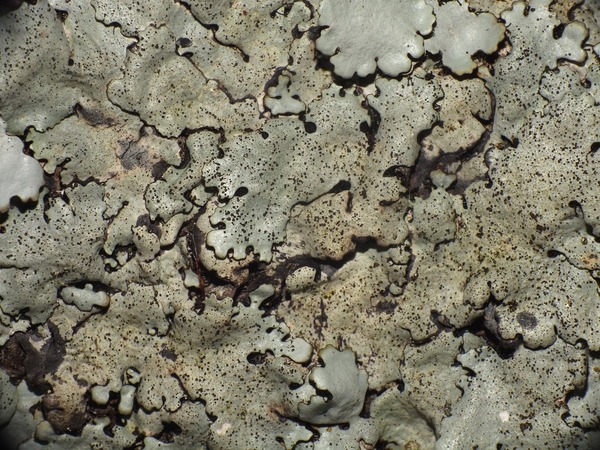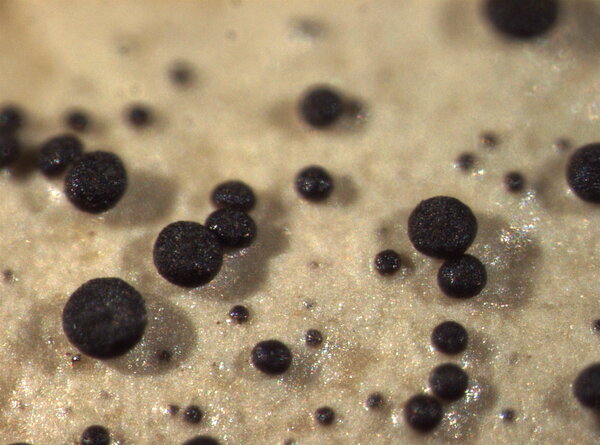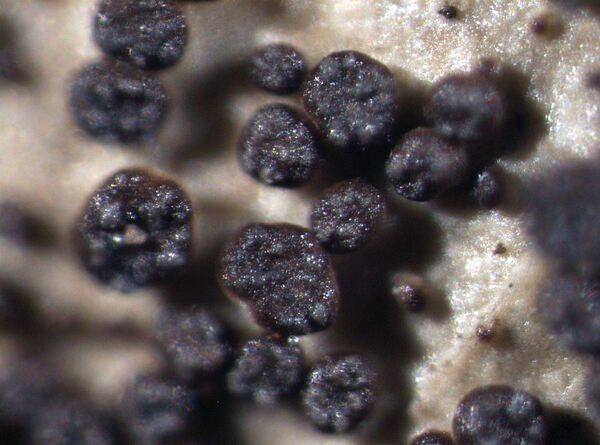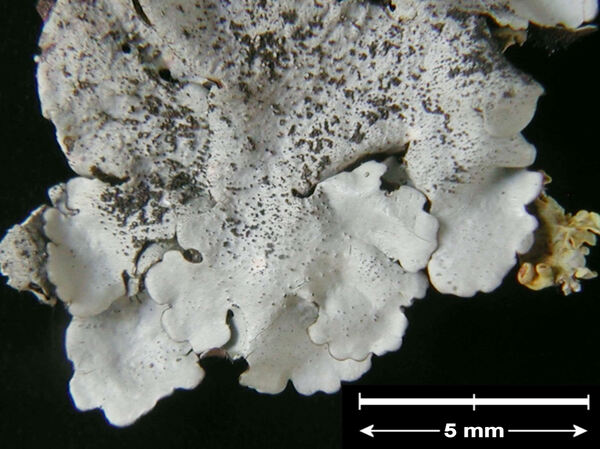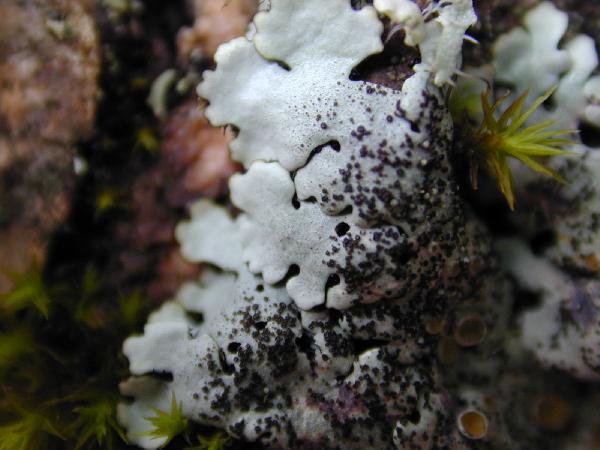Parmelina pastillifera (Harm.) Hale
Smithsonian Contr. Bot., 33: 39, 1976. Basionym: Parmelia scortea var. pastillifera Harm. - Lich. de France, 4: 558, 1910 ("1909").
Synonyms: Parmelia pastillifera (Harm.) R. Schub. & Klem.; Parmelia tiliacea var. pastillifera (Harm.) Grummann
Distribution: N - VG, Frl (Badin & Nimis 1996, Tretiach & Molaro 2007), Ven (Nascimbene & Caniglia 1997, Lazzarin 1997, 2000, Caniglia & al. 1999, Nascimbene 2005c, 2008, Nascimbene & al. 2007, 2008c, 2009c, 2010b), TAA (Nascimbene 2003, 2008b, Nascimbene & al. 2007b, 2022, Nimis & al. 2015), Lomb (Arosio & Rinaldi 1995, Valcuvia & Brusoni 1996, Zocchi & al. 1997, Arosio & al. 2003, Valcuvia & al. 2003, Dalle Vedove & al. 2004, De Vita & Valcuvia 2004, Gheza 2019b, Gheza & al. 2023), Piem (Caniglia & al. 1992, Isocrono & Falletti 1999, Piervittori 2003, Isocrono & al. 2004, Modenesi & al. 2003, Griselli & al. 2003, Isocrono & Piervittori 2008), VA (Piervittori & Isocrono 1999, Valcuvia & al. 2000b), Emil (Nimis & al. 1996, Tretiach & al. 2008, Benesperi 2009, Brackel 2015, Fariselli & al. 2020), Lig (Brunialti & al. 1999, Giordani & al. 2002, 2025, Minganti & al. 2003, Brunialti & Giordani 2003, Giordani 2006, Watson 2014, Brackel 2025). C - Tosc (Tretiach & Nimis 1994, Loppi & Putortì 1995b, Loppi & al. 1997, 1999b, 2006, Loppi & Nascimbene 1998, 2010, Tretiach & Ganis 1999, Paoli & Loppi 2001, 2008, Benesperi 2006, 2011, Benesperi & al. 2007, Brunialti & Frati 2010, Paoli & al. 2012, Brackel 2015, Nascimbene & al. 2015, Frati & Brunialti 2023), Marc (Nimis & Tretiach 1999, Frati & Brunialti 2006), Umb (Ravera 1998, Panfili 2000, 2007, Ravera & al. 2006), Laz (Massari & Ravera 2002, Nimis & Tretiach 2004, Brackel 2015), Abr (Recchia & al. 1993, Olivieri & al. 1997, 1997b, Nimis & Tretiach 1999, Stofer 2006, Brackel 2015, Corona & al. 2016, Gheza & al. 2021), Mol (Nimis & Tretiach 1999, Caporale & al. 2008, Brackel 2015), Sar (Zedda 1995, 2002, Zedda & al. 2001, Rizzi & al. 2011, Cossu 2013, Di Nuzzo & al. 2022). S - Camp (Aprile & al. 2003, 2003b, Nimis & Tretiach 2004, Nascimbene & al. 2010b, Catalano & al. 2010, 2016, Garofalo & al. 2010, Brunialti & al. 2013, Ravera & Brunialti 2013), Pugl (Nimis & Tretiach 1999, Brackel 2011), Bas (Nimis & Tretiach 1999, Potenza 2006, Brackel 2011, Cassola & al. 2025), Cal (Puntillo 1995, 1996, Incerti & Nimis 2006), Si (Falco Scampatelli 2005, Stofer 2006, Brackel 2008b).
Description: Thallus foliose, heteromerous, forming regular, up to 15 cm wide rosettes. Lobes pale mineral grey to pale blue-grey, often somehow glossy, rounded at apices, smooth, faintly maculate, (3-)4-7(-10) mm wide, with undulate to incised margins and characteristically rounded axils which sometimes bear a few, short, poorly visible cilia, the central parts of thallus with black isidia which are broader than tall, flattened at top, sometimes stalked, to 0.12 mm wide, the tips developing a raised margin and becoming knob-like; fallen isidia leave concave depressions on the thallus; lower surface brown at margin, otherwise black, with black, simple rhizines. Upper cortex of tightly packed, anticlinally oriented hyphae, with a pored epicortex, the cell walls with isolichenan; medulla white; algal layer continuous; lower cortex paraplectenchymatous, with rounded and thick-walled cells. Apothecia very rare, lecanorine. Epithecium brownish; hymenium and hypothecium colourless. Asci 8-spored, Lecanora-type. Ascospores 1-celled, hyaline, short-ellipsoid, 8-11 x 5-7 μm. Pycnidia rare, appearing as black dots. Conidia bacilliform, straight, slightly swollen at bothh ends, 5-7 x c. 1 μm. Photobiont chlorococcoid. Spot tests: upper cortex K+ yellow, C-, KC-, P- or P+ faintly yellow; medulla K-, C+ red, KC+ red, P-, UV-. Chemistry: upper cortex with atranorin, medulla with lecanoric acid. Note: a temperate lichen found on deciduous trees with subacid to subneutral bark, more frequent in rainy upland areas than P. tiliacea, but descending to the Mediterranean belt in humid regions, such as in Tyrrhenian Italy. According to Núñez-Zapata & al. (2011), the species cannot be distinguished from P. tiliacea by molecular data; due to the different morphology and ecology, I prefer to maintain them as distinct species.
Growth form: Foliose, broad lobed
Substrata: bark
Photobiont: green algae other than Trentepohlia
Reproductive strategy: mainly asexual, by isidia, or isidia-like structures (e.g. schizidia)
Most common in areas with a humid-warm climate (e.g. most of Tyrrenian Italy)
Commonnes-rarity: (info)
Alpine belt: absent
Subalpine belt: extremely rare
Oromediterranean belt: absent
Montane belt: rather common
Submediterranean belt: rare
Padanian area: extremely rare
Humid submediterranean belt: rather rare
Humid mediterranean belt: absent
Dry mediterranean belt: absent
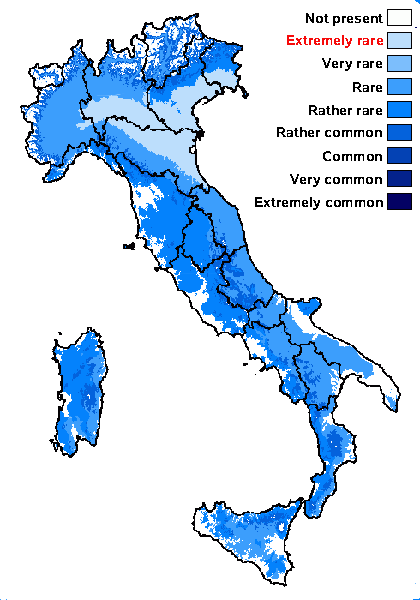
Predictive model
Herbarium samples
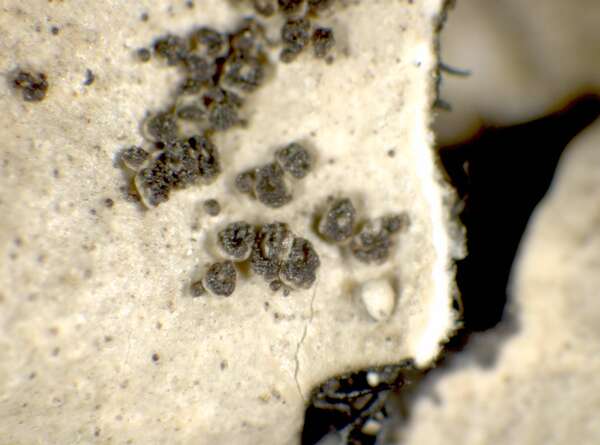

P.L. Nimis; Owner: Department of Life Sciences, University of Trieste
Herbarium: TSB (8829)
2001/12/05
detail of isidia
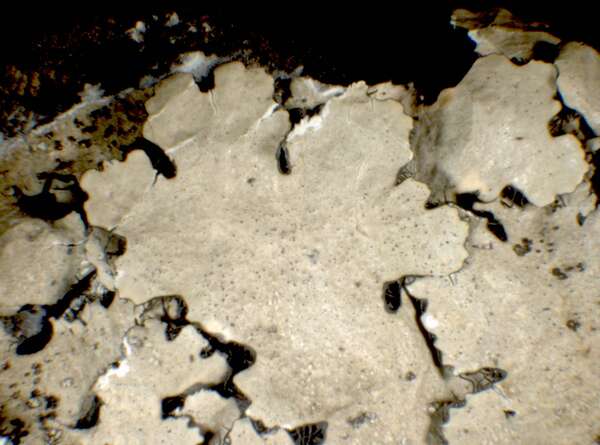

P.L. Nimis; Owner: Department of Life Sciences, University of Trieste
Herbarium: TSB (8829)
2001/12/05
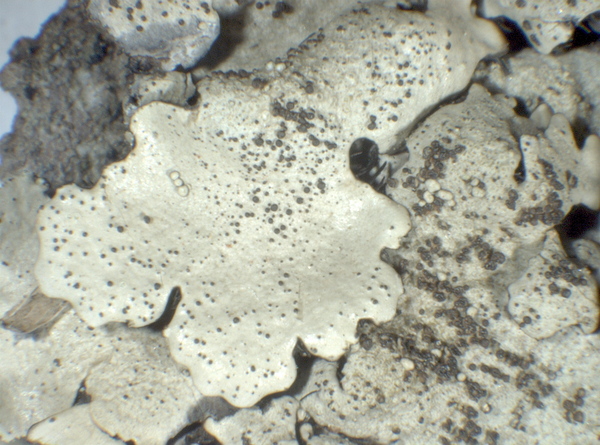

P.L.Nimis; Owner: Department of Life Sciences, University of Trieste
Herbarium: TSB (37016)
2008.02.28
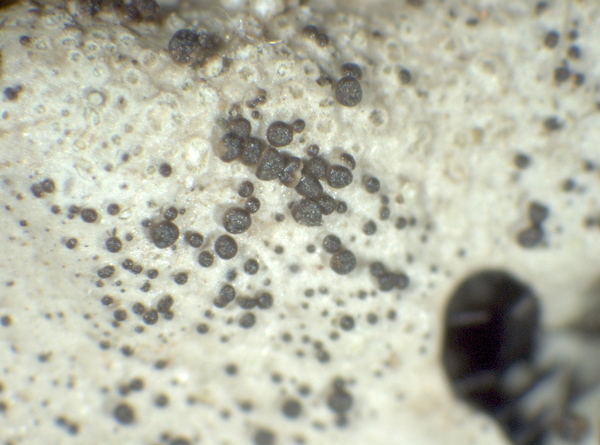

P.L.Nimis; Owner: Department of Life Sciences, University of Trieste
Herbarium: TSB (37016)
2008.02.28
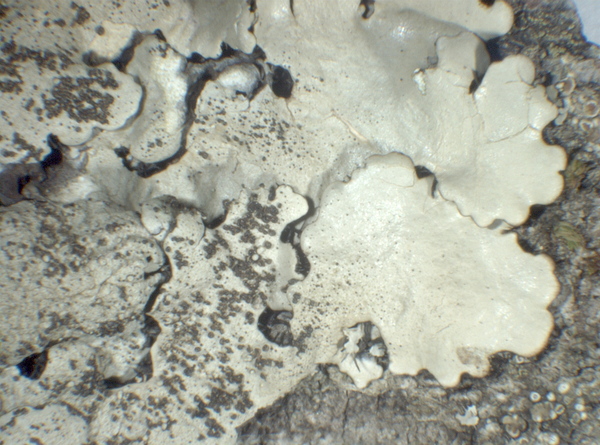

P.L.Nimis; Owner: Department of Life Sciences, University of Trieste
Herbarium: TSB (37016)
2008.02.28
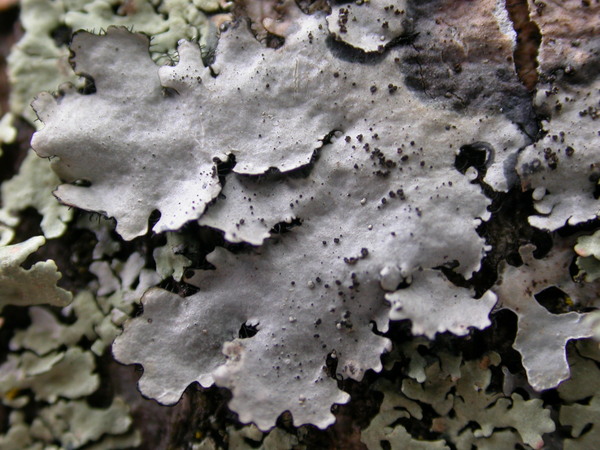

Juri Nascimbene; Owner: Department of Life Sciences, University of Trieste
Italy, Trentino-Alto Adige, Trento, Villa Welsperg, Centro Visitatori del Parco di Paneveggio; altitude: 1030 m
03.04.2009


J. Nascimbene CC BY SA 4.0
Italy, Trentino-Alto Adige, Villa Welsperg, Centro Visitatori del Parco di Paneveggio, 1030 m
03/04/2009
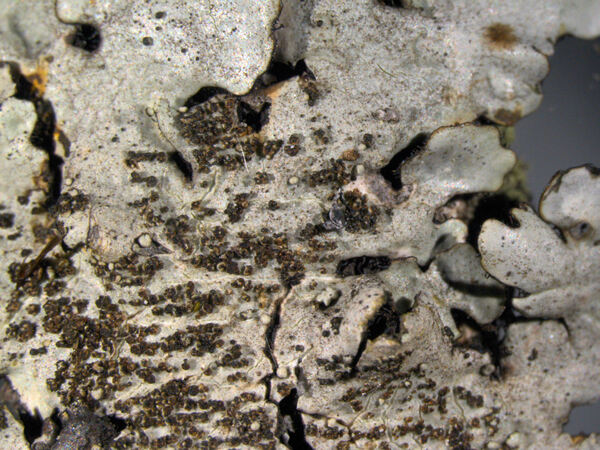

J. Nascimbene CC BY SA 4.0
Italy, Trentino-Alto Adige, Villa Welsperg, Centro Visitatori del Parco di Paneveggio, 1030 m
03/04/2009


J. Nascimbene CC BY SA 4.0
Italy, Trentino-Alto Adige, Villa Welsperg, Centro Visitatori del Parco di Paneveggio, 1030 m
03/04/2009

Jacques Haine - Source: http://www.lichensmaritimes.org/index.php?task=fiche&lichen=534&lang=en
France, Doubs
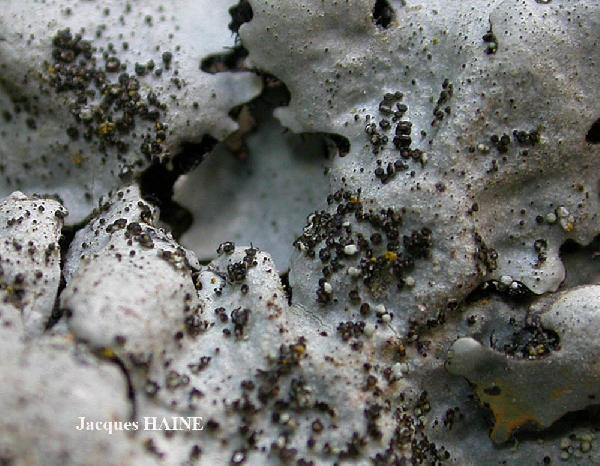
Jacques Haine - Source: http://www.lichensmaritimes.org/index.php?task=fiche&lichen=534&lang=en
France, Doubs

Bernard Bouffinier - Source: http://www.lichensmaritimes.org/index.php?task=fiche&lichen=534&lang=en
France, Roncevaux
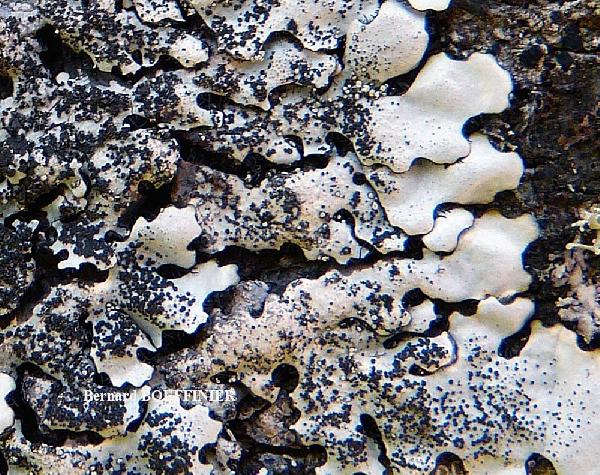
Bernard Bouffinier - Source: http://www.lichensmaritimes.org/index.php?task=fiche&lichen=534&lang=en
France, Roncevaux
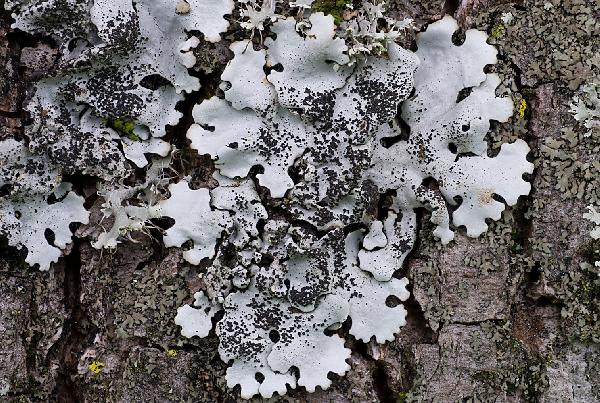
Ulrich Kirschbaum CC BY-SA 4.0 - Source: https://www.thm.de/lse/ulrich-kirschbaum/flechtenbilder
Austria: Alps.
Growth form: Foliose, broad lobed
Substrata: bark
Photobiont: green algae other than Trentepohlia
Reproductive strategy: mainly asexual, by isidia, or isidia-like structures (e.g. schizidia)
Most common in areas with a humid-warm climate (e.g. most of Tyrrenian Italy)
Commonnes-rarity: (info)
Alpine belt: absent
Subalpine belt: extremely rare
Oromediterranean belt: absent
Montane belt: rather common
Submediterranean belt: rare
Padanian area: extremely rare
Humid submediterranean belt: rather rare
Humid mediterranean belt: absent
Dry mediterranean belt: absent

Predictive model
| Herbarium samples |


P.L. Nimis; Owner: Department of Life Sciences, University of Trieste
Herbarium: TSB (8829)
2001/12/05
detail of isidia


P.L. Nimis; Owner: Department of Life Sciences, University of Trieste
Herbarium: TSB (8829)
2001/12/05


P.L.Nimis; Owner: Department of Life Sciences, University of Trieste
Herbarium: TSB (37016)
2008.02.28


P.L.Nimis; Owner: Department of Life Sciences, University of Trieste
Herbarium: TSB (37016)
2008.02.28


P.L.Nimis; Owner: Department of Life Sciences, University of Trieste
Herbarium: TSB (37016)
2008.02.28


Juri Nascimbene; Owner: Department of Life Sciences, University of Trieste
Italy, Trentino-Alto Adige, Trento, Villa Welsperg, Centro Visitatori del Parco di Paneveggio; altitude: 1030 m
03.04.2009


J. Nascimbene CC BY SA 4.0
Italy, Trentino-Alto Adige, Villa Welsperg, Centro Visitatori del Parco di Paneveggio, 1030 m
03/04/2009


J. Nascimbene CC BY SA 4.0
Italy, Trentino-Alto Adige, Villa Welsperg, Centro Visitatori del Parco di Paneveggio, 1030 m
03/04/2009


J. Nascimbene CC BY SA 4.0
Italy, Trentino-Alto Adige, Villa Welsperg, Centro Visitatori del Parco di Paneveggio, 1030 m
03/04/2009

Jacques Haine - Source: http://www.lichensmaritimes.org/index.php?task=fiche&lichen=534&lang=en
France, Doubs

Jacques Haine - Source: http://www.lichensmaritimes.org/index.php?task=fiche&lichen=534&lang=en
France, Doubs

Bernard Bouffinier - Source: http://www.lichensmaritimes.org/index.php?task=fiche&lichen=534&lang=en
France, Roncevaux

Bernard Bouffinier - Source: http://www.lichensmaritimes.org/index.php?task=fiche&lichen=534&lang=en
France, Roncevaux

 INDEX FUNGORUM
INDEX FUNGORUM
 GBIF
GBIF
 DOLICHENS
DOLICHENS
